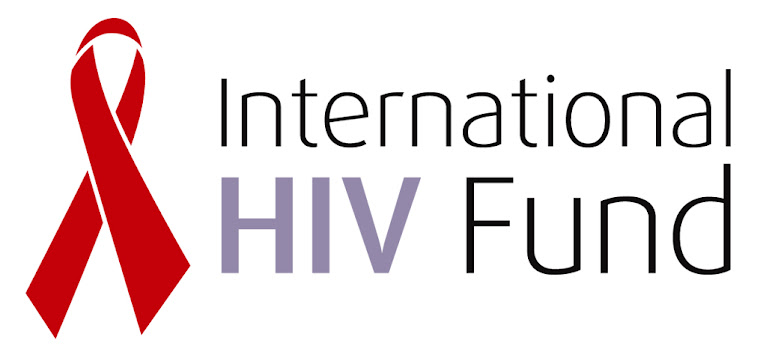Women are vital creatures for the sustainability of humanity on earth. Women’s role in any society is internal as well as external. They have a diverse ability of leading a community from the backseat as well as the front seat.
Women make up the constituency of the mother, the wife, the daughter and the sister without whom society cannot exist. Women themselves can flourish through the E3 Factor. So what is this?
The E3 Factor is made up of:
· Education
· Engagement
· Empowerment
Education
Education is the source of knowledge which shapes the future of any nation on earth. A famous Arab proverb states, “Mother is an institution. If you invest in her, you invest in the whole nation.” Mother is the first and only sustainable educational institution in any country around the world.
Engagement
The physical and intellectual ability of the individual to lead is a result of their engagement in society. We cannot afford to not engage in our society and expect to succeed. If we consider man to be the child of a woman, we must engage the woman in society to enable her to produce the best leadership of a nation whether the child becomes a man or woman. Engagement is a proven, not a political decision. Engagement is a culture and a common shared value.
Empowerment
Once woman becomes engaged in society, she’ll be confidently empowered to take the lead not only in her chosen job, but in society. The parameters of the success of this “E Factor” process are the value, culture, and faith of the society that we represent. While we educate, engage, and empower everyone in society we should maintain respect and develop our cultural faith-based values to create a civilisation that carries our fingerprints and our identity.
By Dr Hany El Banna (Chairman, International HIV Fund)
As ever feel free to leave your comments and let us know you think! :)



